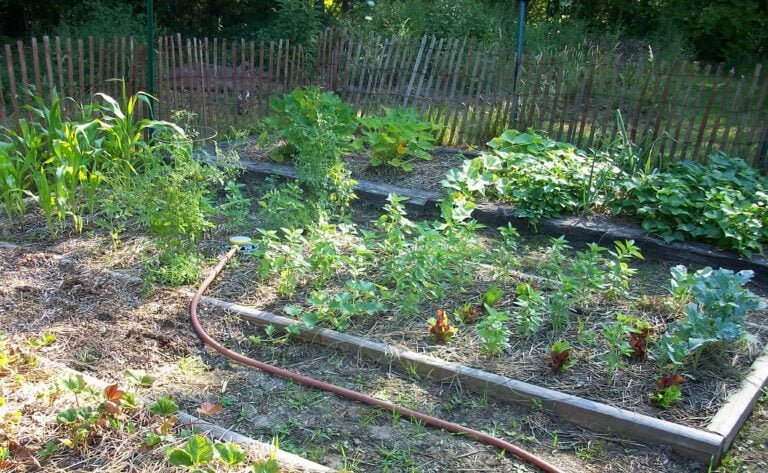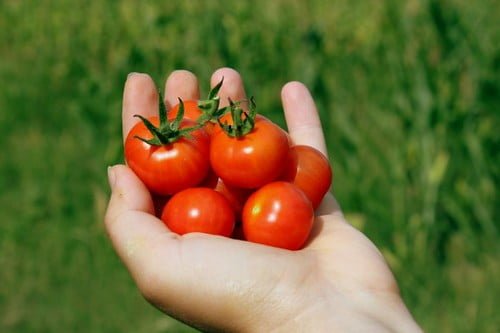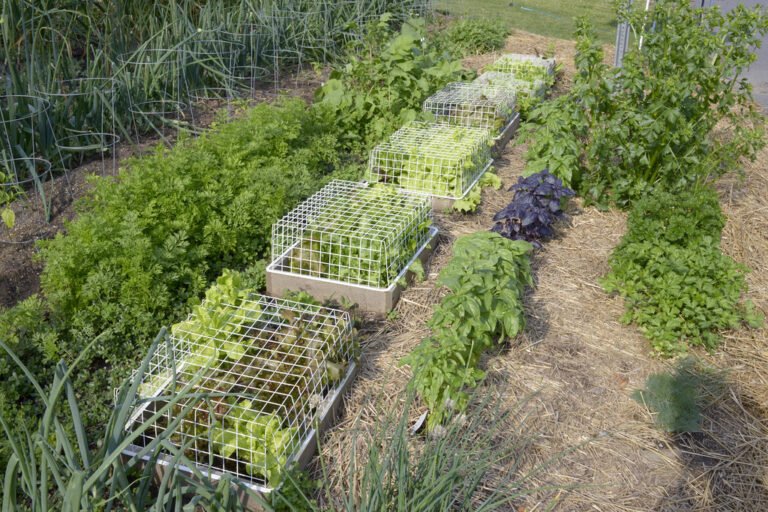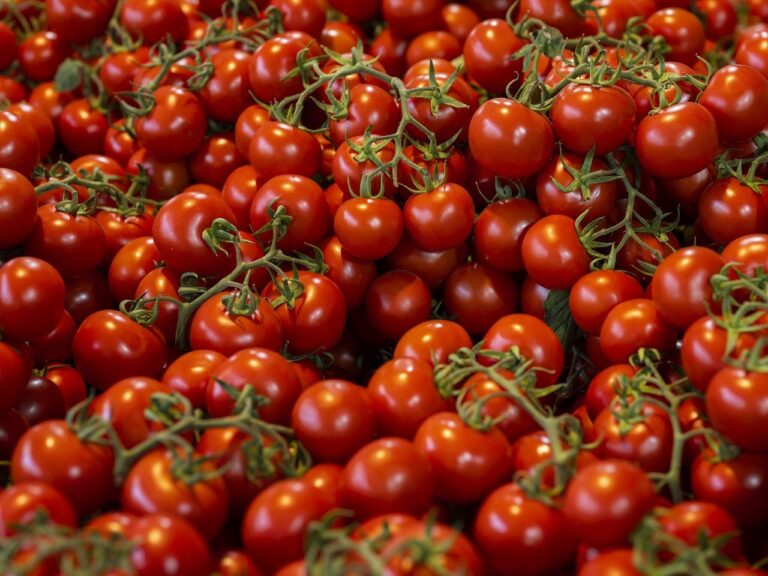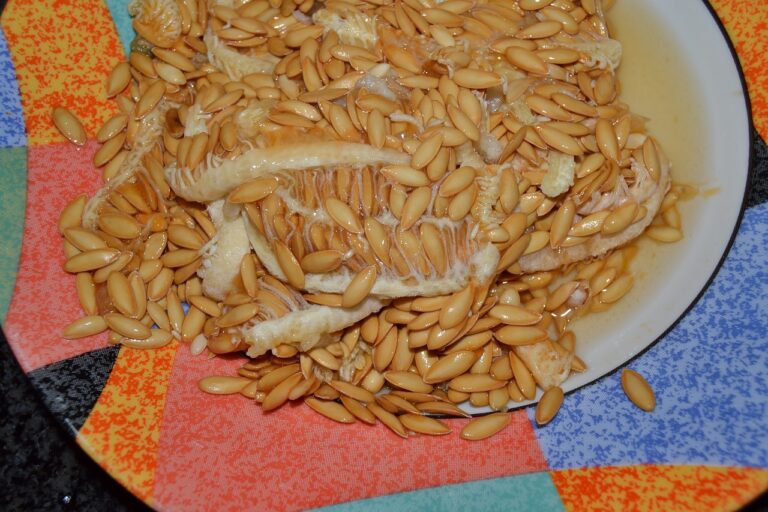Understanding the Different Stages of Onion Growth
Do you want to understand the various stages of onion growth? In this article, we'll guide you through the entire process, from selecting and preparing seeds to harvesting and preserving onions. You'll learn about germination, seedling development, and bulb formation initiation. We'll also address common growth problems and provide practical solutions. So, if you're eager to serve others by cultivating healthy and delicious onions, keep reading to gain a deeper understanding of this fascinating plant's growth journey.
Seed Selection and Preparation
To successfully grow onions, you must begin by selecting and preparing the right seeds. When choosing onion seeds, opt for varieties that are suitable for your specific climate and soil conditions. Look for seeds that are disease-resistant and have a high germination rate. It is crucial to prepare the seeds before planting to ensure optimal growth. Start by soaking the seeds in water for 24 hours to enhance germination. After soaking, spread the seeds on a paper towel and allow them to dry for a few hours. For better results, you can also consider using a seedling tray or seedling pots with well-draining soil. Plant the seeds at a depth of 1/4 inch and keep the soil consistently moist until germination occurs, usually within 7-10 days.
Germination Process
First, you need to ensure successful germination of onion seeds. Start by selecting high-quality seeds that are disease-free and have a high germination rate. Soak the seeds in water for about 12-24 hours before planting to help soften the outer seed coat and promote faster germination. Prepare a well-draining seedling tray or seedbed by mixing equal parts of compost and sand. Sow the seeds evenly, about 1/4 inch deep, and lightly cover them with soil. Maintain a consistent temperature of around 70-75°F (21-24°C) to promote germination. Keep the soil moist but not waterlogged, as excessive moisture can lead to rot or fungal diseases. Germination usually takes around 7-10 days. Once the seedlings emerge, provide them with adequate sunlight or artificial light and continue to water them regularly.
Seedling Development
As your onion seeds successfully germinate, the next stage of their growth is seedling development. During this phase, the seedlings will begin to sprout leaves and establish a stronger root system. It is important to provide them with adequate sunlight, water, and nutrients to support their growth. Place the seedlings in a location that receives at least six hours of direct sunlight daily. Keep the soil moist but not waterlogged, as excessive moisture can lead to root rot. Fertilize the seedlings every two weeks with a balanced fertilizer to ensure they receive essential nutrients. It is also crucial to thin out the seedlings, leaving only the strongest ones to grow, as overcrowding can hinder their development. With proper care and attention, your onion seedlings will continue to thrive and prepare for the next stage of growth.
Transplanting Onion Starts
When transplanting onion starts, ensure proper care and attention to support their successful growth. Start by preparing the soil in your garden bed. Clear any weeds or debris and loosen the soil to a depth of about 6 inches. Add organic matter like compost or well-rotted manure to improve soil fertility. Before transplanting, water the onion starts thoroughly to prevent them from drying out. Dig a small hole, approximately 2 inches deep, and gently place the starts in the hole, making sure the roots are spread out. Fill the hole with soil, making sure the starts are firmly planted. Water the starts again after transplanting to help settle the soil. Provide regular watering and ensure the soil remains moist but not waterlogged. Mulching around the starts can help conserve moisture and suppress weed growth. With proper care, your transplanted onion starts will thrive and produce healthy, flavorful onions.
Bulb Formation Initiation
To initiate bulb formation, begin by ensuring the onions receive adequate sunlight, water, and nutrients. Onions thrive in full sun, so choose a location in your garden that receives at least six to eight hours of direct sunlight each day. Make sure the soil is well-drained and enriched with organic matter to provide a nutrient-rich environment. Water the onions regularly, keeping the soil consistently moist but not waterlogged. Avoid overwatering, as this can lead to rot. Fertilize the onions every two to three weeks with a balanced fertilizer to supply them with the necessary nutrients for bulb development. Additionally, it is important to remove any weeds that compete with the onions for nutrients and water. By providing the onions with these essential elements, you will promote the initiation of bulb formation and ensure healthy growth.
Leaf and Stem Growth
Your onion plants' leaf and stem growth can be encouraged by providing them with proper care and attention. To promote healthy leaf growth, ensure your onion plants receive adequate sunlight, ideally 12-14 hours per day. If you're growing onions indoors, use fluorescent lights to mimic natural sunlight. Additionally, maintaining a consistent temperature between 65-75°F (18-24°C) will support optimal growth. Adequate watering is crucial during this stage, as onion plants require moist soil. Avoid overwatering, as it can lead to root rot. Fertilize your plants every two weeks with a balanced fertilizer to provide essential nutrients. As your onion plants grow, it's important to provide support for their stems. Gently tie the stems to stakes to prevent them from bending or breaking. By following these care guidelines, you can ensure robust leaf and stem growth for your onion plants.
Maturation of the Bulb
The maturation of the bulb is a crucial stage in the growth of onions. At this stage, the onion bulb reaches its maximum size and acquires its characteristic shape and taste. As the bulb matures, the outer layers dry and become papery, protecting the inner layers. This process can take anywhere from 90 to 150 days, depending on the variety of onion and the growing conditions. To ensure proper maturation, it is important to provide the bulb with adequate sunlight and water. As the bulb matures, the green foliage above ground begins to turn yellow and wilt. This is a natural sign that the onion is ready for harvest. Once harvested, the bulbs should be stored in a cool, dry place to prolong their shelf life.
Harvesting and Curing Onions
Once the onion bulbs have reached their maximum size and the green foliage has turned yellow and wilted, it is time for you to harvest and cure your onions. Harvesting onions is a relatively straightforward process. To begin, gently dig up the bulbs using a garden fork or shovel, being careful not to damage them. Shake off any excess soil and remove the foliage, leaving about an inch of the stem attached to the bulb. Next, it's important to cure the onions to ensure proper storage and prevent rotting. Lay the onions out in a single layer in a cool, dry, and well-ventilated area. Leave them to cure for about two to three weeks, or until the outer skin becomes dry and papery. Once cured, trim any remaining foliage and roots, and store the onions in a cool, dark place. Now you can enjoy the fruits of your labor and savor the delicious flavor of your homegrown onions.
Storage and Preservation Methods
To properly store and preserve your onions, you can utilize various methods. One effective method is to store them in a cool, dry place with good air circulation, such as a pantry or cellar. Make sure to keep them away from direct sunlight and moisture, as these can cause spoilage. You can also store onions in mesh bags or baskets, which allow for proper ventilation. Another option is to chop or slice the onions and freeze them in airtight containers or freezer bags. This is a great way to have readily available onions for cooking, and they can last for several months in the freezer. Additionally, you can pickle onions by placing them in a mixture of vinegar, water, sugar, and spices. This method not only preserves the onions but also adds a delicious tangy flavor to them. By utilizing these storage and preservation methods, you can ensure that your onions stay fresh and flavorful for longer periods.
Common Onion Growth Problems and Solutions
If you're experiencing common onion growth problems, here are some solutions to help you overcome them. One common issue is when the onion plants are not growing properly. This could be due to insufficient sunlight or poor soil quality. To fix this, ensure that your onions receive at least 6 hours of direct sunlight each day and improve the soil by adding organic matter such as compost or well-rotted manure. Another problem is when the onion bulbs are small or not forming at all. This may be caused by overcrowding or lack of nutrients. To address this, thin out the onion plants, leaving enough space for each bulb to grow, and provide them with a balanced fertilizer high in phosphorus to promote bulb development. By implementing these solutions, you can ensure healthy and successful onion growth.
Conclusion
After understanding the different stages of onion growth, you are equipped with the knowledge and practical tips to successfully grow and harvest your own onions. From seed selection to bulb formation and harvesting, each stage requires careful attention and proper techniques. By following the outlined steps and addressing common growth problems, you can ensure a bountiful onion crop. Remember to store and preserve your onions properly to enjoy their flavors and benefits for months to come. Happy onion growing!

